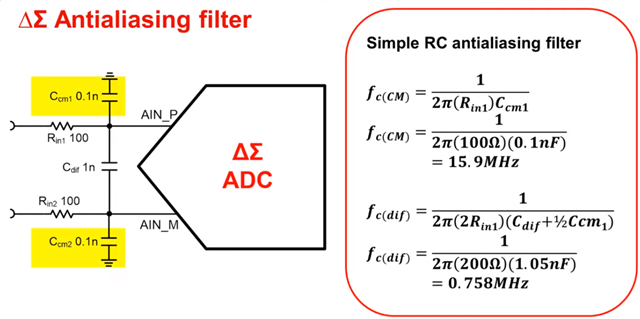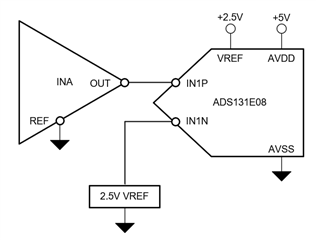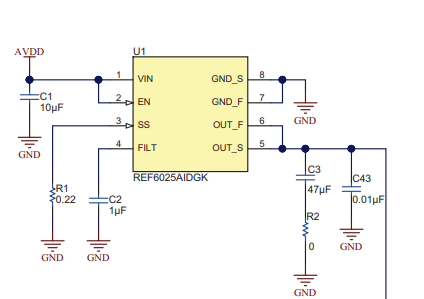Other Parts Discussed in Thread: INA828, , ADS1258-EP, ADS1298R, ADS1258, ADS1278, ADS131M08, ADS131E08, ADS131E08S, ADS1298, REF6125, REF6025
Hi,
I am looking for an ADC for my application which involves 16 wheatstone bridge loadcells each amplified by an INA828. I am planning to use 2 ADCs, each sampling 8 pseudo differential inputs from the amplifiers at minimally 1k samples per input per second. I am looking at 24 bit ADCs with as high an ENOB and resolution based on the sampling speed I will operate the ADC at to get 1k samples per input ie at least 8ks/s. Currently, I am looking at these few ADCs, ADS131M08S, ADS1258-EP, ADS1298R or ADS1278-EP, and was wondering if I could get any advice on how to narrow down my choices further or if I have missed out any other options. I would like one that would be in production for a long while yet/have a longevity program since it would be used in a medical product as well.




 .
.
